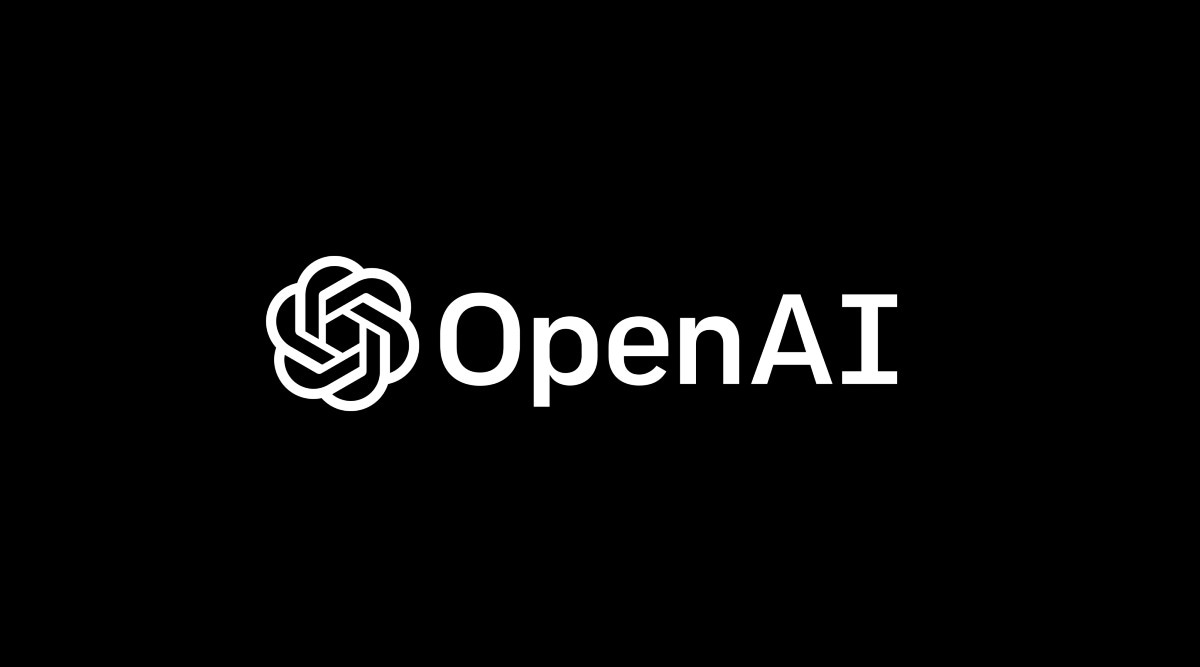1: Introduction to ChatGPT
ChatGPT, short for "Chat Generative Pre-trained Transformer", is a state-of-the-art language model developed by OpenAI. It is designed to generate human-like text based on a given prompt, making it a powerful tool for a wide range of applications such as content creation, customer service, and automation.
One of the key features of ChatGPT is its ability to generate text that is not just grammatically correct, but also semantically meaningful. This means that the text it generates is not just technically correct, but also makes sense in the context of the given prompt. This is achieved through the use of a transformer architecture, which allows the model to handle large amounts of data and generate highly coherent and contextually appropriate responses.
Another notable feature of ChatGPT is its versatility. It can generate text in a variety of different styles and formats, including creative writing, poetry, news articles, and technical documentation. This makes it a useful tool for a wide range of applications, from content creation and marketing to customer service and automation.
Additionally, ChatGPT can generate text that is indistinguishable from text written by humans, which opens up a whole new world of possibilities for chatbots and AI-powered customer service and has the potential to revolutionize the way we interact with technology.
2: How ChatGPT Generates Human-like Text
The transformer architecture used in ChatGPT is a type of neural network architecture that was introduced in a 2017 paper by Google researchers. It's designed to handle sequential data, such as natural language, and allows the model to efficiently process long-term dependencies in the input data.
The transformer architecture consists of an encoder and a decoder, which work together to generate text. The encoder takes in the input data and processes it to create a set of hidden states, which are then passed to the decoder. The decoder then uses these hidden states to generate the output text.
One of the key innovations in transformer architecture is the use of self-attention mechanisms, which allow the model to weigh the importance of different parts of the input data when generating the output text. This allows the model to focus on the most relevant parts of the input data, and to generate text that is semantically meaningful.
Additionally, the transformer architecture allows ChatGPT to handle large amounts of data, which is crucial for generating human-like text. This is because it allows the model to understand the context and the relationships between words in a sentence or a paragraph, which is important for generating coherent and contextually appropriate responses.
Overall, the transformer architecture used in ChatGPT allows the model to efficiently process sequential data and generate text that is semantically meaningful and human-like.
3: The Versatility of ChatGPT
ChatGPT is a versatile language model that is capable of performing a wide range of natural language processing tasks, including language understanding, language generation, and text completion. Some examples of tasks that ChatGPT can perform include:
- Responding to user input in a conversational context
- Generating text in a specific style or tone
- Summarizing text
- Translating text from one language to another
- Answering questions
- Generating creative writing
- And much more
It has been trained on a large dataset of text and has learned patterns and relationships in the data, allowing it to generate human-like responses to a wide range of inputs. However, it does not have any physical capabilities.
4: The Impact of ChatGPT on Customer Service and Automation
ChatGPT, or similar language models, can have a significant impact on customer service and automation. Some ways that it can be used include:
Automated customer service chatbots: ChatGPT can be used to train automated chatbots that can respond to customer inquiries in a natural and conversational manner, 24/7. This can help companies reduce the need for human customer service agents and improve the efficiency of their customer service operations.
Generating personalized responses: ChatGPT can be trained to generate personalized responses to customer inquiries, based on the customer's previous interactions and their profile information. This can help improve the customer experience and build stronger customer relationships.
Email and message auto-response: ChatGPT can be used to generate automated responses to customer inquiries sent via email or messaging platforms. This can help companies respond to customer inquiries more quickly and improve the efficiency of their customer service operations.
Automated document generation: ChatGPT can be used to generate automated documents like contracts, invoices, and other documents, based on a set of input data. This can help companies save time and reduce human error.
However, it's important to note that these types of AI-based customer service chatbots or automated document generation still need to be fine-tuned, tested, and supervised by humans to ensure the accuracy and appropriateness of the responses.
Conclusion
In conclusion, ChatGPT is a versatile language model that can be used for a wide range of natural language processing tasks, including language understanding, language generation, and text completion. It has the potential to have a significant impact on customer service and automation by allowing companies to automate certain tasks and improve the efficiency of their customer service operations. However, it's important to note that these types of AI-based customer service chatbots or automated document generation still need to be fine-tuned, tested, and supervised by humans to ensure the accuracy and appropriateness of the responses.

Comments
Post a Comment